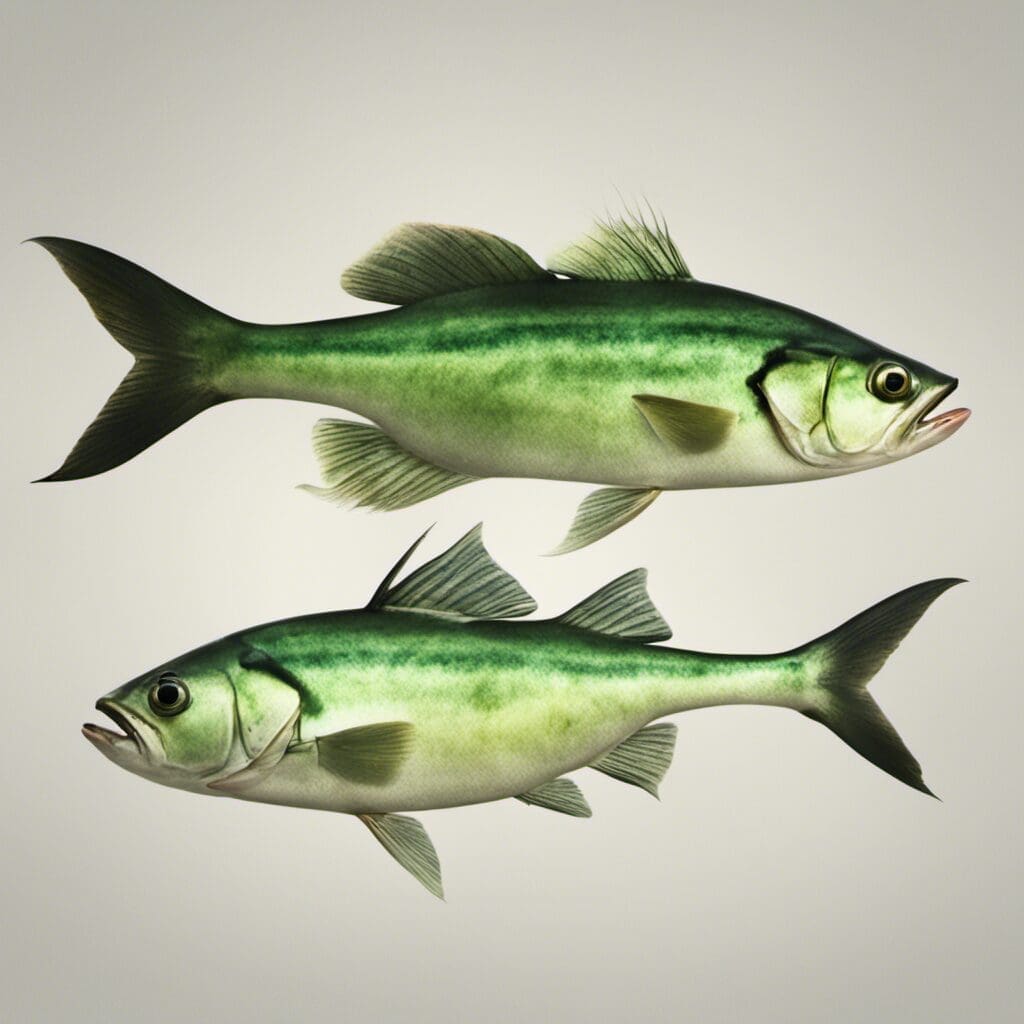Introduction
Species Name: Green Jobfish Family Name: Lutjanidae
Conservation Status
Current Status: Least Concern – The Green Jobfish is not currently threatened or endangered. Conservation Efforts: There are no specific conservation measures currently targeted at this species.
Statistics
Statistic Average Range Length 60 cm Up to 1.2 m Weight 6 kg Up to 10 kg Average Lifespan 12 years 10-15 years
Other stats: Green Jobfish are ovoviviparous, with the males being the larger sex.
Distribution
Regions/Countries: Widespread throughout the tropical waters of the Indo-Pacific. Migration Patterns: Green Jobfish are largely sedentary, staying in the same general area.
Habitats
Water Type: Saltwater Depth Range: They are typically found in depths of 10–100 meters. Temperature Range: Prefers warmer tropical waters.
When and Where to See
Seasonal Patterns: Can be seen year-round, but more active during the warmer months. Time of day: Most active during the daytime.
Best Fishing Locations
The top locations to catch Green Jobfish include:
- Maldives
- Indonesia 3. Seychelles
- Mauritius
- Thailand 6. Australia
- Hawaii
- Sri Lanka
- New Caledonia
- Philippines
How to Catch
Preferred bait or lures: Cut bait, live bait, and jigs. Fishing techniques: Deep-sea fishing, using either rod and reel or handline. Best time of day or season for fishing: Morning and evening in the warmer months.
Identification Guide
Physical Characteristics: Green Jobfish are blue-green in color with purplish sheen on their back, a silver belly, and similar to snapper in shape. Comparison with Similar Species: They are often confused with the Blue Jobfish, but can be distinguished by their greenish color and lack of a groove on the nape.
Culinary
How to Cook: Can be grilled, baked or fried. Taste Profile: Firm, white flesh with a mild flavor. Nutritional Information: Rich in protein and omega-3 fatty acids. Recipes: Common in various seafood dishes, particularly in Asian cuisines.
Additional Information
Behavior: Green Jobfish are nocturnal hunters, feeding on smaller fish and invertebrates. They typically stay close to coral reefs and rocky areas. Predators and Threats: Larger fish and sharks are natural predators. Overfishing is a potential human-induced threat. Cultural/ Historical Significance: Green Jobfish is prized by indigenous and local communities for its taste and is often featured in traditional art and folklore.
References and Further Reading
- “Green Jobfish.” FishBase. Link
- “Green Jobfish.” Queensland Government. Link For additional information on the Green Jobfish, consider checking out the Green Jobfish article by the Australian Museum or Hawaii’s Saltwater Fishing regulations guide. Please note, external resources are subject to change and may not always contain accurate and up-to-date information on the Green Jobfish

